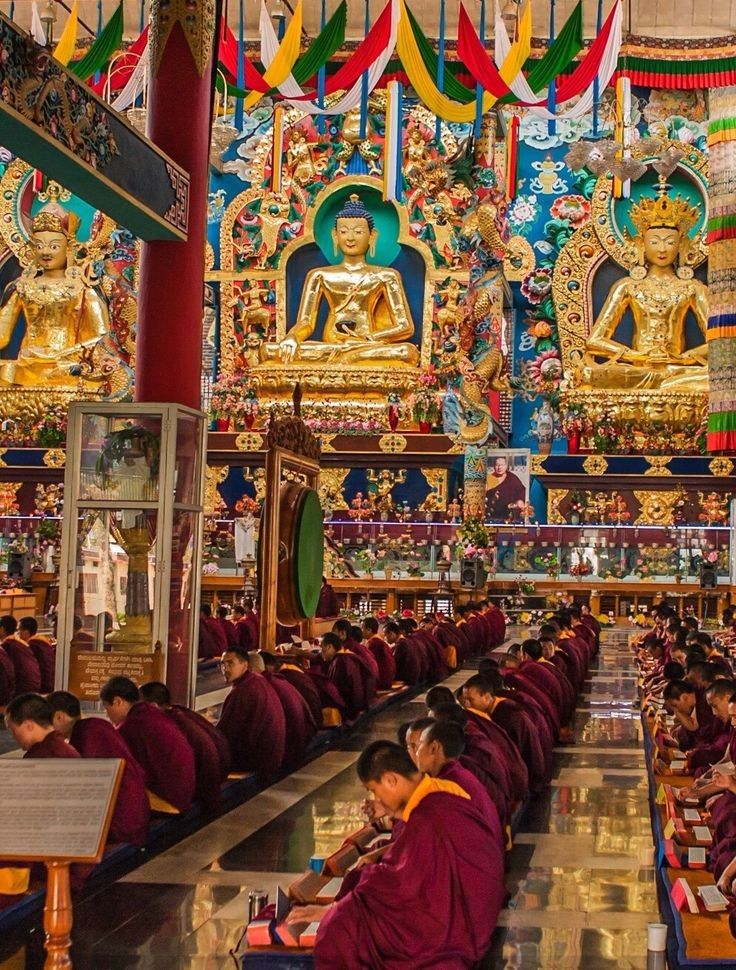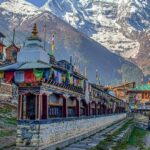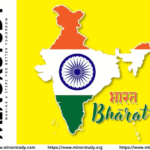Introduction
Namo Buddha Stupa is one of the most revered Buddhist pilgrimage sites in Nepal. Located about 40 kilometers southeast of Kathmandu, it is renowned for its spiritual ambiance, breathtaking views, and ancient legends. Namo Buddha is not only a destination for religious devotees but also for travelers seeking cultural enrichment, peace, and inspiration.
- Introduction
- History of Namo Buddha Stupa
- Fascinating Facts About Namo Buddha Stupa
- Timeline of Namo Buddha Stupa
- Significance of Namo Buddha Stupa
- 1. Religious Significance
- 2. Cultural Importance
- 3. Architectural Value
- 4. Tourism & Economy
- 5. Spiritual & Educational Role
- 6. Peace and Inspiration
- Observance & Cultural Activities
- Wishing at Namo Buddha Stupa
- Daily Life Impact
- FAQs About Namo Buddha Stupa
- Important Tips for Visitors
- Importance in Society
- Conclusion
For those looking for cheap vacation ideas with spiritual and natural immersion, Namo Buddha offers a serene escape from city life, combined with rich cultural history, local hospitality, and breathtaking Himalayan scenery.
This comprehensive guide explores history, facts, timeline, significance, observance, wishing, FAQs, daily life impact, and societal importance in a human-friendly and immersive style.
History of Namo Buddha Stupa
Ancient Origins: Namo Buddha is linked to a legend of selfless compassion, dating back centuries in Buddhist lore. It is believed that a prince sacrificed himself to feed a starving tigress and her cubs, an act commemorated at the stupa.
Monastic Development: The site later developed into a monastery and pilgrimage center for Tibetan Buddhism.
Modern Restoration: The stupa has undergone restoration over the decades, including post-earthquake renovations, maintaining its historical and spiritual integrity.
Cultural Preservation: Recognized as a heritage site and spiritual landmark, Namo Buddha continues to attract pilgrims from Nepal, India, and Tibet.
Fun Fact: The stupa’s golden spire and white dome symbolize enlightenment and compassion, reflecting the story of selfless giving.
Fascinating Facts About Namo Buddha Stupa
Legendary Site: Associated with the Buddhist tale of the compassionate prince, highlighting selflessness and kindness.
Monastery Hub: The stupa hosts a thriving monastery where monks live, study, and practice meditation.
Breathtaking Views: Located on a hilltop, offering panoramic views of the Kathmandu Valley and Himalayan ranges.
Pilgrimage Center: Attracts devotees during Buddha Jayanti and other significant Buddhist festivals.
Peaceful Environment: The area is quiet, serene, and ideal for meditation and reflection.
Spiritual Learning: Offers insights into Buddhist teachings, meditation practices, and Tibetan rituals.
Accessible Yet Remote: A short drive from Kathmandu, making it reachable for a day trip or an overnight stay.
Photography Destination: The stupa, surrounding monastery, and mountain backdrop make it a popular photography spot.
Timeline of Namo Buddha Stupa
Ancient Times: Legendary story of the compassionate prince originates.
Medieval Period: A monastery is established at the site.
20th Century: Pilgrimage site gains recognition among Tibetan Buddhists.
Recent Decades: Restoration work enhances infrastructure and preservation.
Present: A thriving spiritual, cultural, and tourist destination, visited by thousands annually.
Significance of Namo Buddha Stupa
1. Religious Significance
Namo Buddha Stupa is a key site for Tibetan Buddhism, where pilgrims perform rituals, prayers, and circumambulation, connecting with the values of compassion and selflessness.
2. Cultural Importance
The stupa preserves Tibetan Buddhist traditions, architecture, and monastic life, reflecting centuries-old spiritual practices.
3. Architectural Value
Features a white dome, golden spire, prayer flags, and traditional Tibetan carvings, representing enlightenment and spiritual guidance.
4. Tourism & Economy
Supports monks, local guides, tea houses, handicraft shops, and small hospitality businesses, contributing to local livelihoods.
5. Spiritual & Educational Role
Provides meditation retreats, spiritual teachings, and cultural exposure for visitors seeking learning and personal growth.
6. Peace and Inspiration
The serene environment encourages inner reflection, mindfulness, and spiritual rejuvenation.
Observance & Cultural Activities
Buddha Jayanti: Devotees gather to celebrate Buddha’s birth, enlightenment, and passing, lighting butter lamps and performing rituals.
Monastic Rituals: Monks conduct daily prayers, chanting, and meditation sessions.
Pilgrim Activities: Visitors circumambulate the stupa, spin prayer wheels, and participate in communal offerings.
Cultural Exchange: Festivals and special events provide learning about Tibetan Buddhist traditions, music, and dance.
Wishing at Namo Buddha Stupa
Visitors often make wishes while walking around the stupa, spinning prayer wheels, or lighting lamps:
🕉️ “May my heart be filled with compassion and wisdom.”
🌸 “Wishing for peace, health, and spiritual growth for all beings.”
🏔️ “May this sacred place guide me toward mindfulness and inner calm.”
These acts connect visitors with Buddhist teachings and make the experience deeply meaningful.
Daily Life Impact
Namo Buddha Stupa influences locals, pilgrims, and tourists:
For Visitors: Offers peace, meditation, and cultural enrichment.
For Locals: Supports livelihoods through monastery services, tea houses, and handicrafts.
For Society: Promotes heritage conservation, spiritual learning, and cultural awareness.
Students, researchers, and spiritual seekers gain insight into meditation practices, Buddhist philosophy, and local traditions.
FAQs About Namo Buddha Stupa
Q1: What is the best time to visit?
A: Spring (March–May) and Autumn (September–November) for clear skies and moderate weather.
Q2: How far is Namo Buddha from Kathmandu?
A: Approximately 40 kilometers, reachable by car in about 2–3 hours.
Q3: Are there accommodations nearby?
A: Yes, the monastery and guesthouses offer stays for pilgrims and tourists.
Q4: Can I take photographs?
A: Yes, but be respectful during prayer sessions and monastic rituals.
Q5: Is it suitable for a day trip?
A: Yes, it is possible to visit in a day trip from Kathmandu, though an overnight stay allows a more immersive experience.
Important Tips for Visitors
Dress modestly and respectfully.
Walk clockwise while circumambulating the stupa.
Observe silence and maintain a peaceful demeanor.
Respect monks, devotees, and sacred objects.
Carry water, sun protection, and comfortable walking shoes.
Importance in Society
Namo Buddha Stupa serves as a spiritual, cultural, and economic hub:
Religious Preservation: Maintains centuries-old Buddhist rituals and teachings.
Cultural Significance: Preserves Tibetan Buddhist heritage and monastic traditions.
Economic Role: Supports locals through tourism, hospitality, and handicrafts.
Educational Value: Offers learning opportunities about spirituality, culture, and meditation.
Community Wellbeing: Encourages harmony, reflection, and mindfulness among locals and visitors.
Conclusion
Namo Buddha Stupa is not just a monument; it is a living symbol of compassion, peace, and spiritual enlightenment. Accessible, serene, and visually captivating, it provides travelers with a deeply meaningful cultural and spiritual experience.
🕉️ Wishing for You: May your visit to Namo Buddha Stupa inspire compassion, mindfulness, and inner tranquility. Let every prayer wheel, butter lamp, and serene mountain view guide your journey toward spiritual growth and cultural appreciation.









Exactly what I was looking for, regards for putting up.